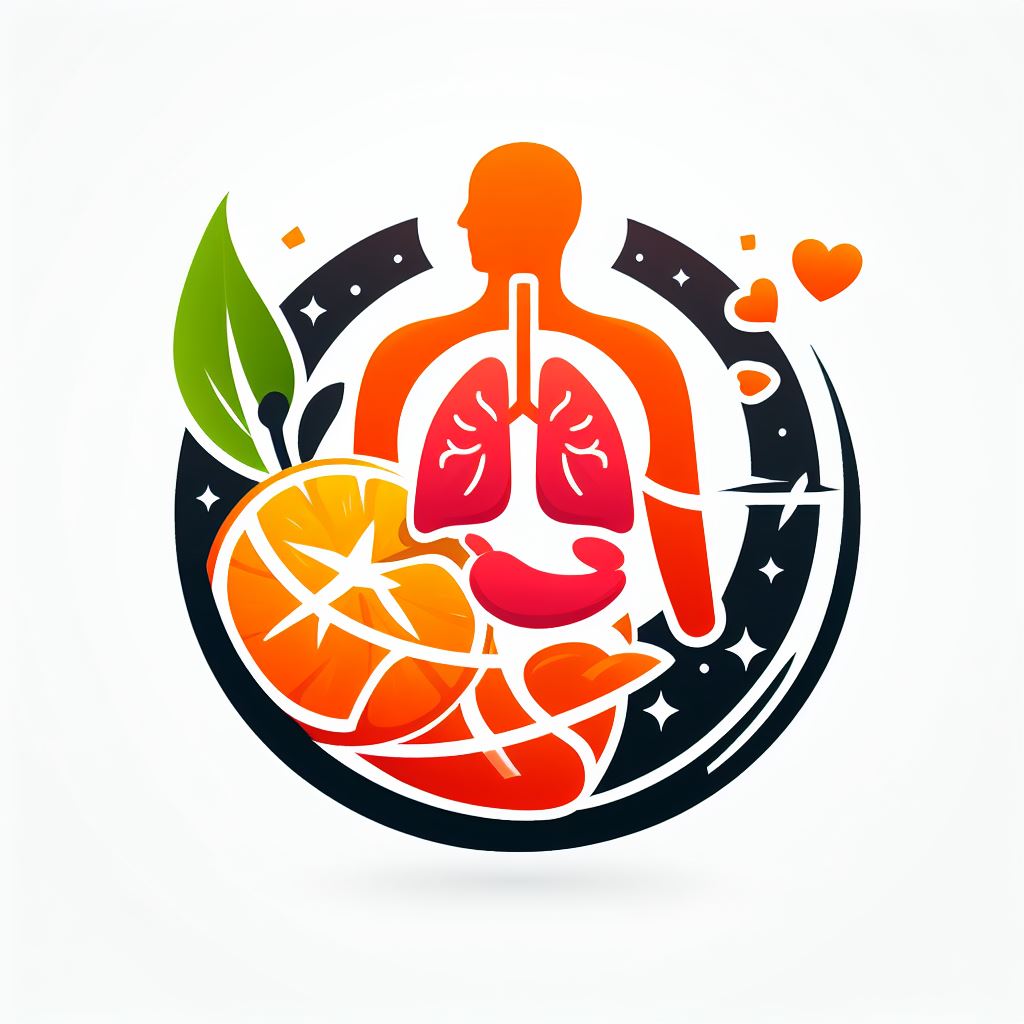Discover the top 10 foods that contribute to thigh fat and learn how to modify your diet for optimal results. Make informed decisions about your food intake and reach your fitness goals.
In this article, you will explore ten foods that have been identified as contributors to thigh fat. As many individuals strive to achieve their ideal weight and tone their lower body, understanding the impact of specific food choices is crucial. By examining the science behind why certain foods target the accumulation of fat in the thigh area, you will gain valuable insights on how to modify your diet for optimized results. Whether you are seeking to shed pounds for health or aesthetic reasons, this article will equip you with the knowledge necessary to make informed decisions about your food intake and ultimately reach your fitness goals.
10 Foods That Contribute to Thigh Fat

Processed Foods
When it comes to contributing to thigh fat, processed foods are one of the worst offenders. These foods are typically high in refined carbohydrates, unhealthy fats, and artificial additives. Consuming excessive amounts of processed foods can lead to weight gain and an increase in body fat, particularly in the thighs. Examples of processed foods to avoid include packaged snacks, frozen meals, sugary cereals, and processed meats.
Sugar-Sweetened Beverages
Sugar-sweetened beverages, such as sodas, fruit juices, and energy drinks, are not only high in empty calories but also contribute to thigh fat. These beverages are loaded with added sugars, which are quickly absorbed by the body and can lead to weight gain. The excess sugar gets converted into fat, and since the thigh area is a common place for fat storage, consuming sugary drinks can contribute to an increase in thigh fat.
Fast Food
It’s no secret that fast food is not the healthiest choice, and it can certainly contribute to thigh fat. Most fast food options are high in calories, unhealthy fats, and sodium. Regularly consuming fast food can lead to weight gain and an increase in body fat, including the thigh area. Opting for healthier alternatives, such as homemade meals or healthier restaurant options, can help reduce the risk of thigh fat accumulation.

Trans Fats
Trans fats are a type of unhealthy fat found in many processed and fried foods. These fats are known to increase bad cholesterol levels in the body and promote inflammation, which can contribute to weight gain and thigh fat. Avoiding foods that contain trans fats, such as margarine, packaged baked goods, and fried foods, is essential for maintaining a healthy weight and preventing an excess accumulation of thigh fat.
Refined Grains
Refined grains, such as white bread, white rice, and pastries, are stripped of their natural fiber and nutrients, leaving behind simple carbohydrates. These processed grains can cause a spike in blood sugar levels, leading to an increased production of insulin. High insulin levels can promote fat storage, particularly in the thigh area. Opting for whole grains, such as whole wheat bread, brown rice, and quinoa, can help prevent thigh fat accumulation.
Saturated and Trans Fats
In addition to trans fats, saturated fats can also contribute to thigh fat when consumed in excess. Saturated fats are commonly found in fatty cuts of meat, full-fat dairy products, and some tropical oils, such as coconut and palm oil. These fats can raise cholesterol levels and promote weight gain, including in the thighs. Choosing lean protein sources, low-fat dairy products, and healthier oils, such as olive oil, can help minimize the risk of thigh fat accumulation.
Alcohol
Alcohol consumption can also play a role in thigh fat accumulation. Alcoholic beverages are often high in calories and can contribute to weight gain when consumed excessively. Moreover, alcohol can interfere with the body’s ability to burn fat efficiently, leading to an increase in fat storage. Modest alcohol consumption is recommended to avoid excessive calorie intake and prevent thigh fat buildup.
High-Calorie Snacks
Snacking on high-calorie foods can significantly contribute to thigh fat. Foods such as potato chips, cookies, and candy bars are often packed with calories but lack essential nutrients. Continuous snacking on these calorie-dense foods can lead to weight gain and an accumulation of fat in the thigh region. Opting for healthier snack options like fruits, vegetables, and nuts can help control calorie intake and prevent thigh fat gain.
Fried Foods
Fried foods, such as french fries, fried chicken, and battered foods, are typically high in unhealthy fats and calories. The high temperature used in frying can cause the food to absorb excess oil, making it even more calorically dense. Consuming fried foods regularly can lead to weight gain and an increase in thigh fat. Choosing healthier cooking methods, such as baking, grilling, or steaming, can reduce the intake of unhealthy fats and minimize the risk of thigh fat buildup.
Excessive Salt Intake
Consuming excessive amounts of salt can contribute to water retention in the body, leading to bloating and swelling. While this may not directly result in an increase in thigh fat, it can make the thigh area appear larger and contribute to an overall disproportionate body shape. Reducing salt intake by avoiding processed and packaged foods, and instead opting for fresh, unprocessed foods, can help maintain a balanced fluid balance and prevent the appearance of excess thigh fat.
In conclusion, the foods mentioned above can contribute to thigh fat when consumed in excess. Avoiding or limiting these foods and opting for healthier alternatives can help maintain a healthy weight and prevent the accumulation of fat in the thigh area. Combining a balanced diet with regular physical activity is key to achieving and maintaining overall body health and a proportionate physique.
